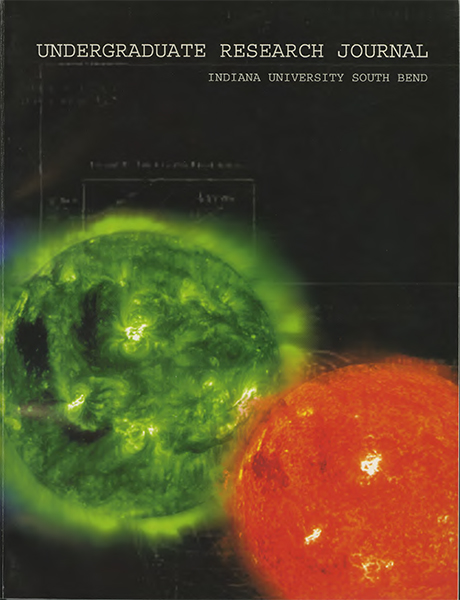From Perception to Viewpoint: Four African American Perspectives on Affirmative Action
Main Article Content
Abstract
In examining the views of four contemporary African American scholars, the research objective is twofold: First, to uncover some examples of societal trends which are particularly meaningful to contemporary black scholars in the formation of their viewpoints of affirmative action; second, to draw comparisons and contrasts between opposing viewpoints to see if some common concerns and themes exist, which could help bring compromise to this issue. The four scholars are Derrick Bell, Theodore Shaw, Brian Jones, and Shelby Steele. Bell and Shaw argue in favor of continuing affirmative action programs. Jones and Steele argue against these programs. Bell and Shaw offer evidence to show that despite the civil rights gains in the last half of the century, racist structures are still entrenched in American society today. They argue that this evidence clearly demonstrates the continued need for affirmative action programs to counteract these forces. Steele and Jones argue that affirmative action programs, as practiced today, tend to benefit the least disadvantaged members of the groups they mean to assist. They also argue there are other crucial factors which are inhibiting black advancement. They believe that illegitimacy, unsafe neighborhoods, black-on-black crime, and the disintegrating black family unit greatly contribute to African American poverty and are a greater barrier to black advancement than are the racist structures that still exist. The results of the research indicate that both the proponents and the opponents of affirmative action tend to cling to their own viewpoints, often in a noticeably myopic fashion. The men on each side of the debate give virtually no attention to arguments which are central to the viewpoints of their opponents. The research also noted, regrettably, that the debate occasionally degenerated into a series of unprofessional personal remarks, from both sides, directed toward an opponent. This observation mirrors, to some extent, the tension that exists among the general public about affirmative action programs. However, until the scholars in this debate can argue persuasively and respectfully for their own position on this issue, there may not be much hope that the nation, as a whole, will be able to do so either.
Downloads
Download data is not yet available.
Article Details
Section
Articles
IUSB Student Journal Copyright Agreement
☐ I declare that this submission is my original work, and that it does not, to the best of my knowledge, infringe upon anyone's copyright.
☐ I agree that that [the journal] may, without changing the content, translate the submission to any medium or format for the purpose of preservation.
☐ The Undergraduate Research Journal may keep copies of my submission, and to translate it to any medium for future reproduction and distribution. I understand that I have the right to request that my submission be removed from IUSB online sources at any time by emailing Stephen Finlay, IUSB ScholarWorks administrator, at scfinlay@iusb.edu. Once I have made the request, the item in question will be taken down immediately.
